What Is A 10 Stop Neutral Density Filter ?
A 10 stop neutral density filter is a type of camera filter that reduces the amount of light entering the lens by 10 stops, or 1000 times. This allows for longer exposure times without overexposing the image, which can be useful for creating dramatic effects such as motion blur in water or clouds, or for shooting in bright daylight conditions while maintaining a shallow depth of field. The filter is typically made of darkened glass or resin and is mounted on the front of the lens using a filter holder or adapter ring. It is commonly used by landscape and architectural photographers, as well as those shooting long exposures for creative purposes.
1、 Neutral Density Filter
A 10 stop neutral density filter is a type of camera filter that reduces the amount of light entering the camera lens by 10 stops. This means that it allows only 1/1000th of the original light to pass through the lens, resulting in a significant reduction in the amount of light that reaches the camera's sensor.
Neutral density filters are commonly used in photography to achieve a variety of creative effects. By reducing the amount of light entering the lens, they allow photographers to use slower shutter speeds or wider apertures without overexposing the image. This can be particularly useful in bright daylight conditions, where it may be difficult to achieve a shallow depth of field or capture motion blur without overexposing the image.
In recent years, 10 stop neutral density filters have become increasingly popular among landscape photographers, who use them to create long exposure images of waterfalls, seascapes, and other natural scenes. By using a slow shutter speed and a 10 stop ND filter, photographers can capture the movement of water or clouds over an extended period of time, resulting in a dreamy, ethereal effect.
Overall, a 10 stop neutral density filter is a versatile and essential tool for any photographer looking to experiment with creative effects or capture stunning long exposure images.
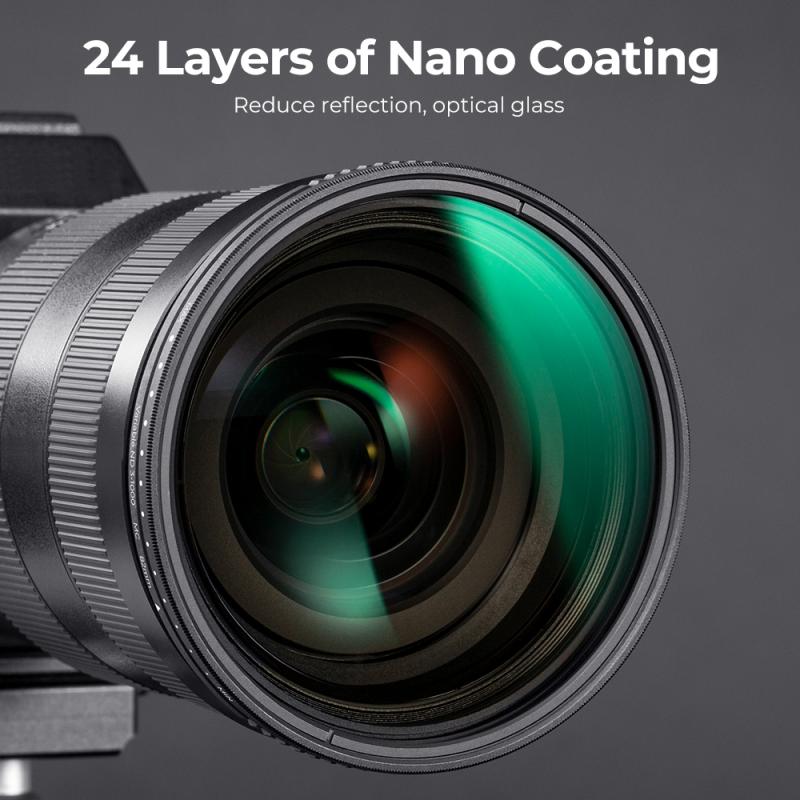
2、 F-stop Reduction
A 10 stop neutral density filter is a type of camera filter that reduces the amount of light entering the camera lens by 10 stops. This means that it allows only 1/1000th of the original amount of light to pass through the lens. The purpose of this filter is to allow photographers to use slower shutter speeds or wider apertures in bright conditions without overexposing the image.
The use of a 10 stop neutral density filter is particularly useful in landscape photography, where photographers often want to capture long exposures of waterfalls, rivers, or oceans to create a smooth, silky effect. It can also be used in architectural photography to blur out people or cars in busy city scenes.
In addition to reducing the amount of light entering the lens, a 10 stop neutral density filter also reduces the amount of color cast in the image. This is because it blocks out a significant amount of ultraviolet and infrared light, which can cause color distortion in photos.
The term "F-stop reduction" is also commonly used to describe the effect of a neutral density filter. This is because the filter reduces the amount of light entering the lens, which in turn requires the photographer to adjust the aperture or shutter speed to maintain the correct exposure. For example, if a photographer is shooting at f/8 without a filter and wants to use a 10 stop neutral density filter, they would need to adjust the aperture to f/128 to maintain the same exposure.
Overall, a 10 stop neutral density filter is a valuable tool for photographers looking to capture long exposures or use wider apertures in bright conditions. It allows for greater creative control and can produce stunning, unique images.
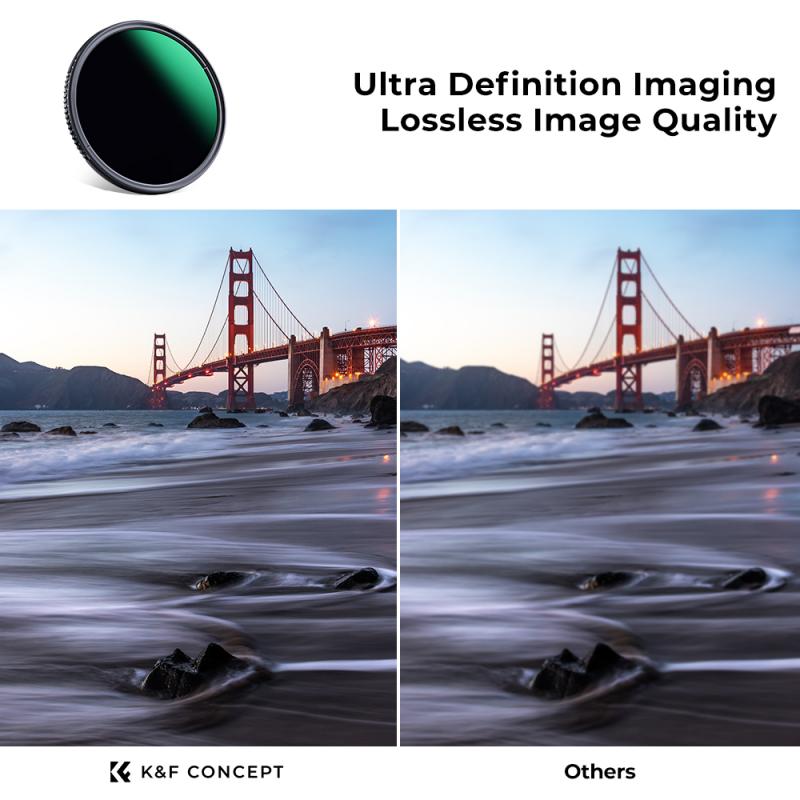
3、 Light Intensity Reduction
A 10 stop neutral density filter is a type of camera filter that reduces the amount of light entering the camera lens by 10 stops. This means that it reduces the amount of light by a factor of 1000, allowing for longer exposure times without overexposing the image. The filter is called "neutral density" because it does not affect the color or hue of the image, only the intensity of the light.
The primary use of a 10 stop neutral density filter is to create long exposure images, particularly in bright daylight conditions. This can be useful for creating images with motion blur, such as waterfalls or clouds, or for creating images with a shallow depth of field in bright light conditions. The filter can also be used for video recording, allowing for smoother and more cinematic footage.
In recent years, there has been a growing trend in the use of 10 stop neutral density filters for landscape photography. This is because the filter allows for longer exposure times, which can create a sense of movement and flow in the image. Additionally, the filter can be used to create a more balanced exposure between the sky and the foreground, which can be difficult to achieve in bright daylight conditions.
Overall, a 10 stop neutral density filter is a valuable tool for photographers and videographers looking to create long exposure images or achieve a more balanced exposure in bright daylight conditions. With the growing popularity of landscape photography, it is likely that the use of these filters will continue to increase in the coming years.
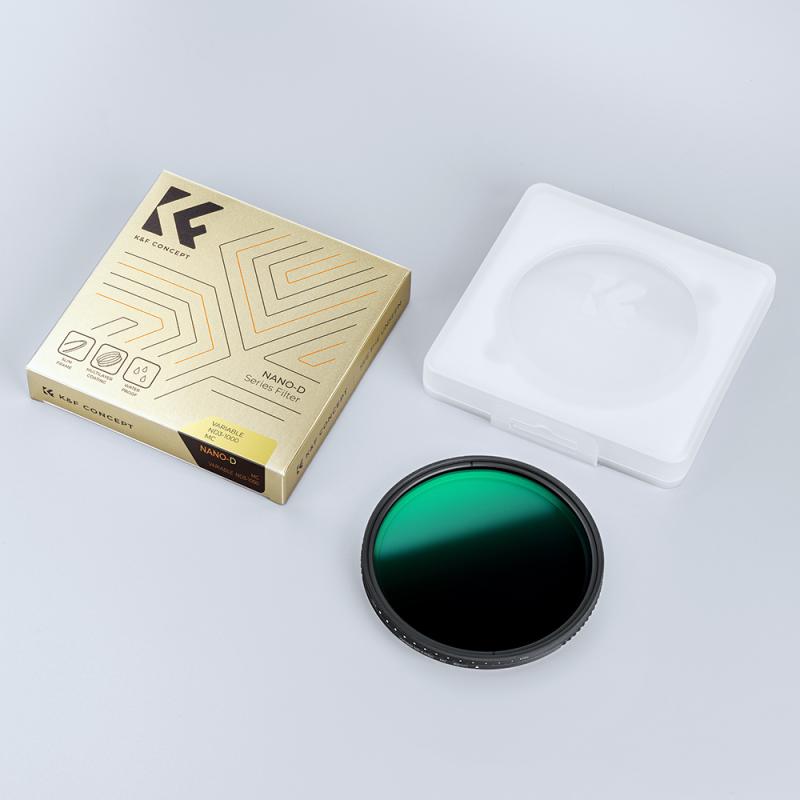
4、 Long Exposure Photography
A 10 stop neutral density filter is a type of camera filter that reduces the amount of light entering the lens by 10 stops. This means that it allows only 1/1000th of the original light to pass through, resulting in a significant reduction in the amount of light that reaches the camera's sensor. This type of filter is commonly used in long exposure photography to create stunning images of landscapes, seascapes, and other outdoor scenes.
Long exposure photography is a technique that involves using a slow shutter speed to capture a stationary subject while allowing any moving elements in the scene to blur. This can create a sense of motion and add a dynamic element to the image. However, in bright daylight conditions, using a slow shutter speed can result in overexposed images. This is where a 10 stop neutral density filter comes in handy. By reducing the amount of light entering the lens, it allows for longer shutter speeds without overexposing the image.
In recent years, the use of 10 stop neutral density filters has become increasingly popular among photographers. With the rise of social media platforms like Instagram, photographers are constantly looking for new and creative ways to capture and share their images. Long exposure photography using a 10 stop neutral density filter has become a popular technique for creating unique and eye-catching images that stand out from the crowd.
Overall, a 10 stop neutral density filter is an essential tool for any photographer interested in long exposure photography. It allows for greater creative control over the final image and can help to create stunning and unique images that capture the beauty of the natural world.





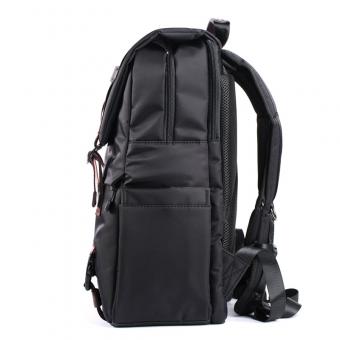



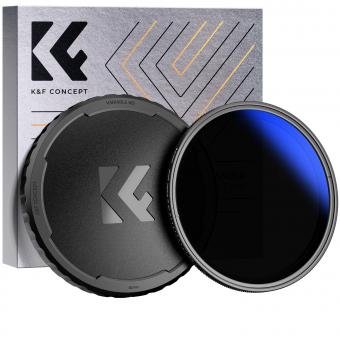

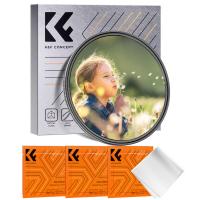
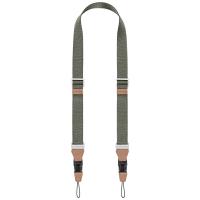
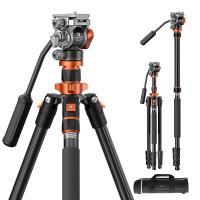

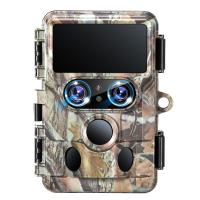

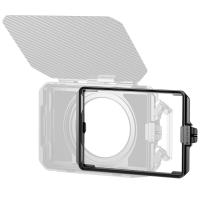
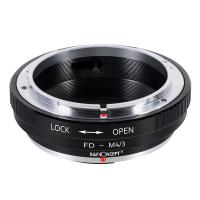
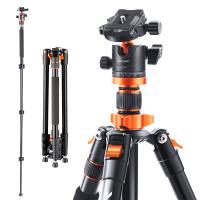

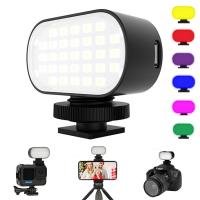
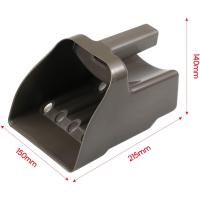
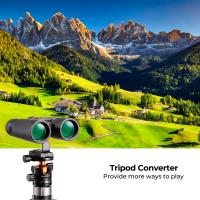

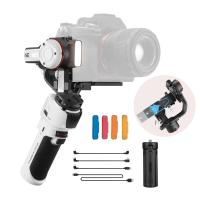
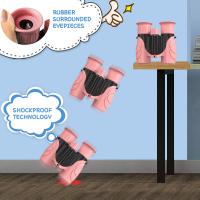
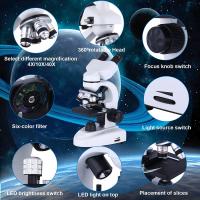

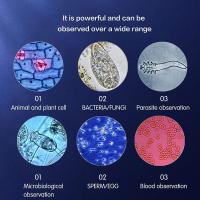
There are no comments for this blog.